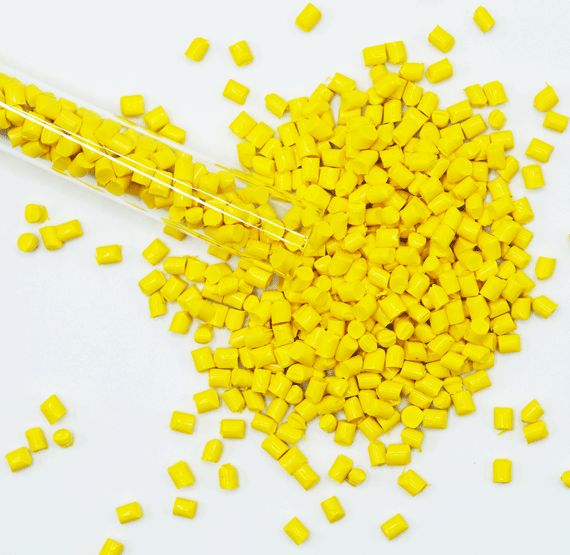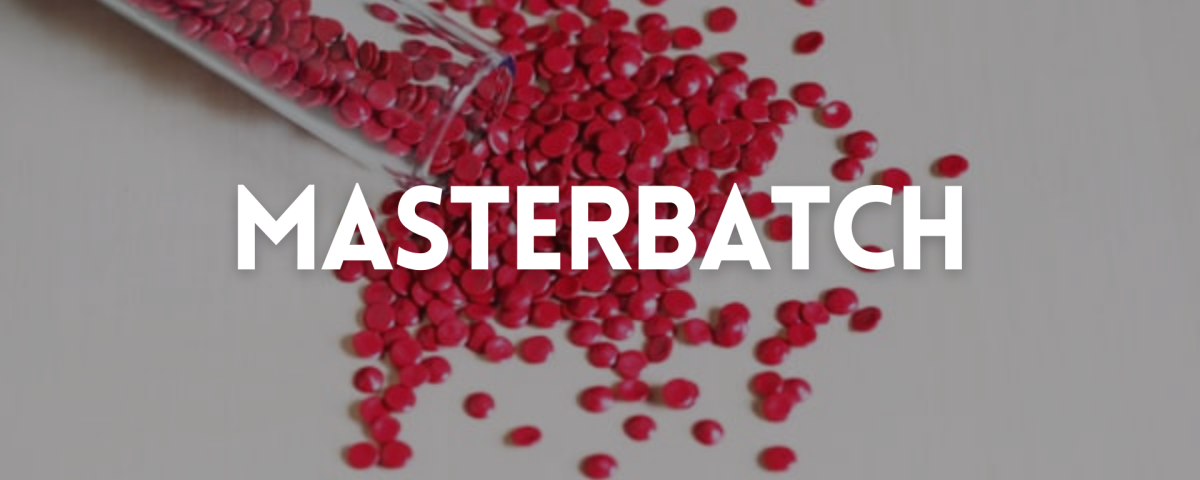

Advantages of using Masterbatch in plastic manufacturing Masterbatch brings many advantages for the final plastic products:
PRODUCTIVITY:
Masterbatch can increase volumetric output (as a result of thermal conductivity & volumetric expansion to temperature). In addition, it has ability to downgauge due to higher film physical properties.
TOTAL COST SAVE:
With the large percentage of CaCO3 powder in component, Masterbatch helps manufacturers reduce material cost by using less energy to run the machine due to higher CaCO3 specific heat.
PHYSICAL PROPERTY:
Masterbatch helps plastics to improve physical properties such as:
Higher toughness
Flexural stiffness
Adhesion
Printability

Additive masterbatches modify various properties of the base plastic:
ultraviolet light resistance
flame retardant
anti-fouling
anti-static
lubrication
anti-slip corrosion inhibitors for metals packaged in plastic
anti-microbials
anti-oxidants / polymer stabilizers
extrusion aids
phosphorescence
anti-counterfeit
product security Masterbatch is used in the following areas:
Blown film & lamination
PP raffia/Yarn
PP non-woven fabric
Blow molding
Injection molding
Thermoformed sheet
HDPE/PP pipe extrusion
Polyester and Nylon yarn



